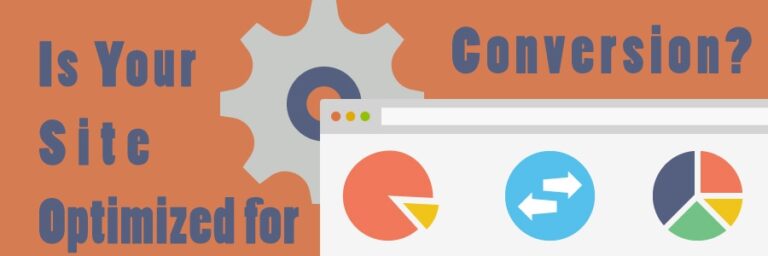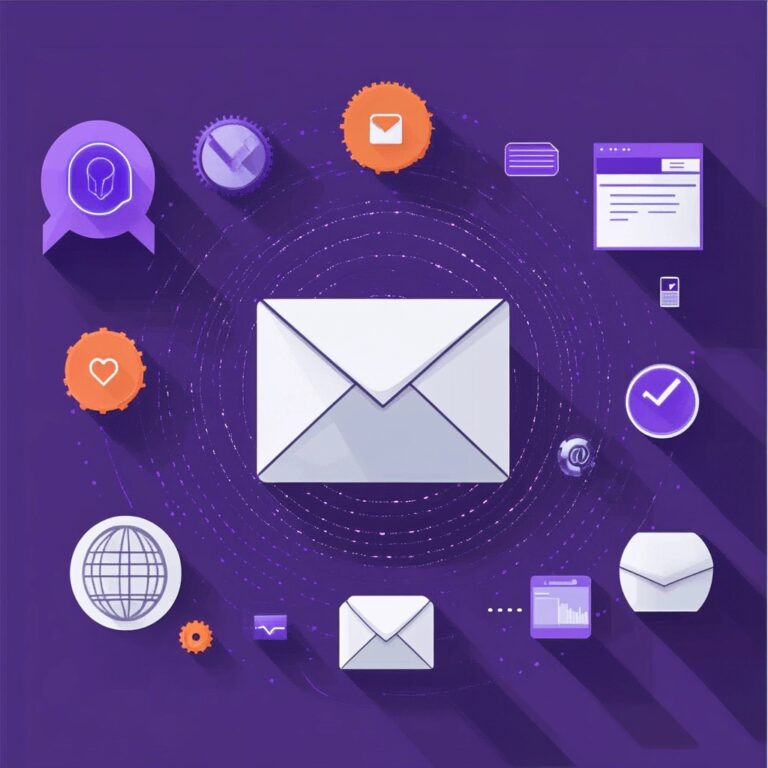Is Your Site Optimized for Conversion?

High conversion rates demonstrate that shoppers find your site relevant, trustworthy, and user-friendly. All of these aspects work together towards one goal: making you money. Optimizing a website is best accomplished through series of A/B or split testing. This isn’t groundbreaking news, but it is good to remind ourselves of e-commerce fundamentals as we march in to 2017. Identify, hypothesize, test, analyze, implement changes, repeat.
“Trying to increase sales simply by driving more traffic to a website with a poor customer conversion rate is like trying to keep a leaky bucket (your sales funnel) full by adding more water instead of plugging the holes. Instead, work on keeping more of your visitors from falling out of the funnel on the way to the close.” – Bryan and Jeffrey Eisenberg
With the seemingly infinite number of moving parts it takes to operate an online business, deciding where to begin can be overwhelming. Big-data analytics spreadsheets that look like a calculator puked on the screen are enough to make anyone break a sweat. Don’t panic. We’ve compiled this article full of advice and suggestions to keep in mind throughout your ongoing optimization efforts.
Let’s break it down.
Think Like A Shopper
Tick, tock. The clock starts as soon as a user hits your web page.
Eight seconds is the average human attention span, and yes, that is less than a goldfish’s. This is not the time to have pop-up’s seeking newsletter signups or account registry requests, but more on that later. You have a narrow window of opportunity to captivate your visitor and keep them on your site. With time being so precious, it is imperative to provide clear, concise information, and convey a value proposition that answers potential first objections. Visitors to your site should instantly be able to recognize exactly what you provide.
Related: VWO – A Foolproof Tool for Your CRO Needs
If you’ve gotten visitors to stick around past those mere seconds, give yourself a pat on the back. You’ve convinced them that their initial problems have been solved, their questions have been answered, and that they should look further into what your site has to offer. This investigation will typically begin with a look at the navigation and search options.
Above The Fold
Start with bones then add the meat. Place an image of your company logo at the top left of every page and be sure to make it a clickable link that brings visitors back to the homepage. Clearly make contact information containing the physical address, telephone number, and email viewable. This makes your business approachable should your shoppers experience issues or have questions, which they most definitely will. Burying this information behind a link could leave a sour first impression and the credibility of your business takes a huge knock. Do yourself a favor and make it obvious.
Next up is the navigation bar. Before selecting a design, focus on content within the tool. Ask yourself what consumers need to access information quickly. What are your most popular products or services? In general, when it comes to navigation bar menus, less is more. Bombarding site visitors with a full comprehensive list of your offerings can overload shoppers and have them bouncing from your site.
Related: Basic CRO – Page Elements & Testing Opportunities
Featuring a “Best Sellers” button is an excellent option to include for your most sought-after offerings. If you have a large selection of products or services on your site, consider incorporating a search bar. Consumers that know exactly what they want can skip the hassle of navigating through a full menu by narrowing their search results.
Examine consumer movements when they interact with your menu to determine if the desired path is clear or if there is something getting lost in translation. A limited number of precise categories will help orient the shopper and give them a sense of direction. From there you can expand into more specific sub-categories with detailed context.
Product Pages
What you have listed on these pages is what will motive people to buy. It is important to remember that you are writing sales copy for people. Describe your product using a friendly tone and don’t overcomplicate things with fancy business language or industry jargon. Talk about your product the way you would in conversation and make the shopper forget this content was written by a salesperson.
Visual media is crucial to driving conversions. High-quality photos and video meet the minimum expectations here. Featuring these will allow shoppers to admire the beauty and functionality of your product. The number of photos, angles, and size all factor in. Driving conversions on the product page via changes through visual media doesn’t have to be difficult. One case study saw a 9% increase in sales simply by using larger product images.
Testimonials And Reviews
At this point you’ve written the most convincing sales copy in the world and have a plethora of excellent visual media on your product pages. Unfortunately, your opinion of your own products carry little weight compared to that of your customers. In fact, peer-recommendations are the most trusted source for consumers when making a purchasing decision.
Take advantage of this by prominently featuring customer testimonials and reviews. Showcasing third-party consumer praise of your products will resonate with consumers and give your business the credibility needed to drive conversions. Be strategic with your choice of reviews and do not display “fake” testimonials.
“I love Hoover! They make the best vacuums.” ~ Marinna, USA
This review is empty and says nothing specific about the product. Display detailed reviews that differentiate your products from your competitors’ offerings. What benefits or added value will the customer gain by purchasing your product? Reviews that highlight those aspects of your product will confirm the statements you’ve written in the sales copy. If possible, feature the customer’s full name and photo to make the review seem even more relatable.
Customer Service
Be there for your customers. Over 83% of shoppers need help during some point of the purchasing process. If your business has the bandwidth, utilize live chat to give visitors real-time assistance. Shoppers may struggle to find a simple answer regarding your products or services and going this extra mile will ease frustration while also adding the touch similar to a personal shopping assistant. If live chat isn’t possible, conduct surveys and polls to get feedback, leveraging consumer opinions to improve overall usability.
Don’t Force It
We briefly mentioned signups and registry options earlier. Firstly, no one likes to have their browsing interrupted by a pop-up. It distracts the user and most likely irritates them. An account registry form appearing once a shopper decides to checkout is commonplace. If you require shoppers to register an account prior to purchase, you’re doing it wrong. Shoppers are at the end of their purchasing path, reaching for their wallet, and then experience failed attempts to login to their account.
Related: Top Practices in UI/UX Design
This annoyance may be enough to drive shoppers from your site and who knows if they will return to complete the transaction. One e-commerce giant that tested their account registry form to include a “continue as a guest” option, and saw an additional $300,000,000 of revenue in first year. Give the shopper a chance to enjoy the gratification of making a purchase before requesting their personal information.
Wrapping Up
Optimizing your site for conversions can be boiled down to usability and credibility. The buyer journey should be a seamless process that shoppers find easy and enjoyable. Put your efforts towards developing relevant, useful content, and test everything. Make sure your contact information is accessible and reach out to shoppers during the moments that matter with live chat (if possible).
Highlight detailed customer reviews to back up the claims you’ve made in the sales copy. Make the checkout process as easy as possible and absolutely do not force registration. Implementing these small changes can have a drastic impact on the bottom line. Happy testing!
Our Editorial Standards
Reviewed for Accuracy
Every piece is fact-checked for precision.
Up-to-Date Research
We reflect the latest trends and insights.
Credible References
Backed by trusted industry sources.
Actionable & Insight-Driven
Strategic takeaways for real results.







